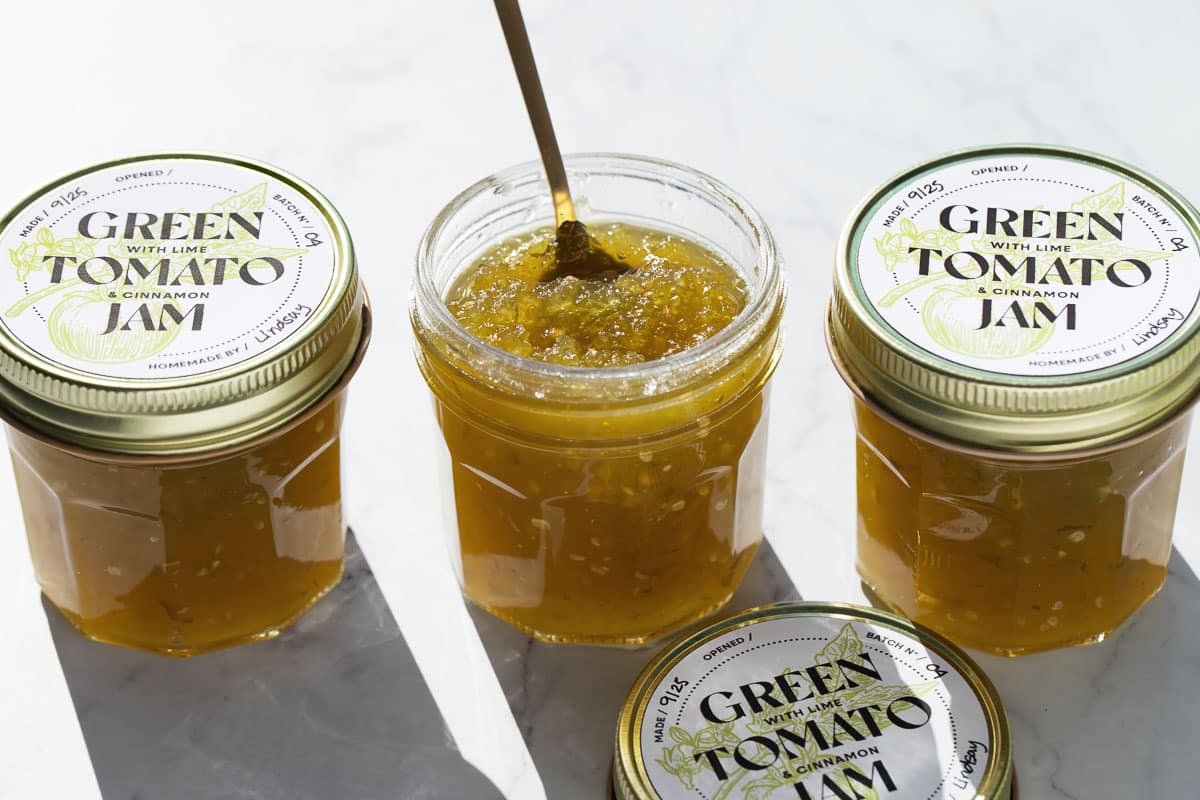7 Vietnamese Ingredients That You’ll Love Using
Vietnamese cuisine features unique ingredients that add authentic character to any dish. From rice paper sheets to pickled daikon and hoisin sauce, these seven ingredients will work brilliantly beyond traditional recipes, creating aromatic flavors and unique textures. Rice paper...

By Nandor Barta on 04/14/2025 - May contain affiliate links. Please read our disclosure.
Vietnamese cuisine features unique ingredients that add authentic character to any dish. From rice paper sheets to pickled daikon and hoisin sauce, these seven ingredients will work brilliantly beyond traditional recipes, creating aromatic flavors and unique textures.
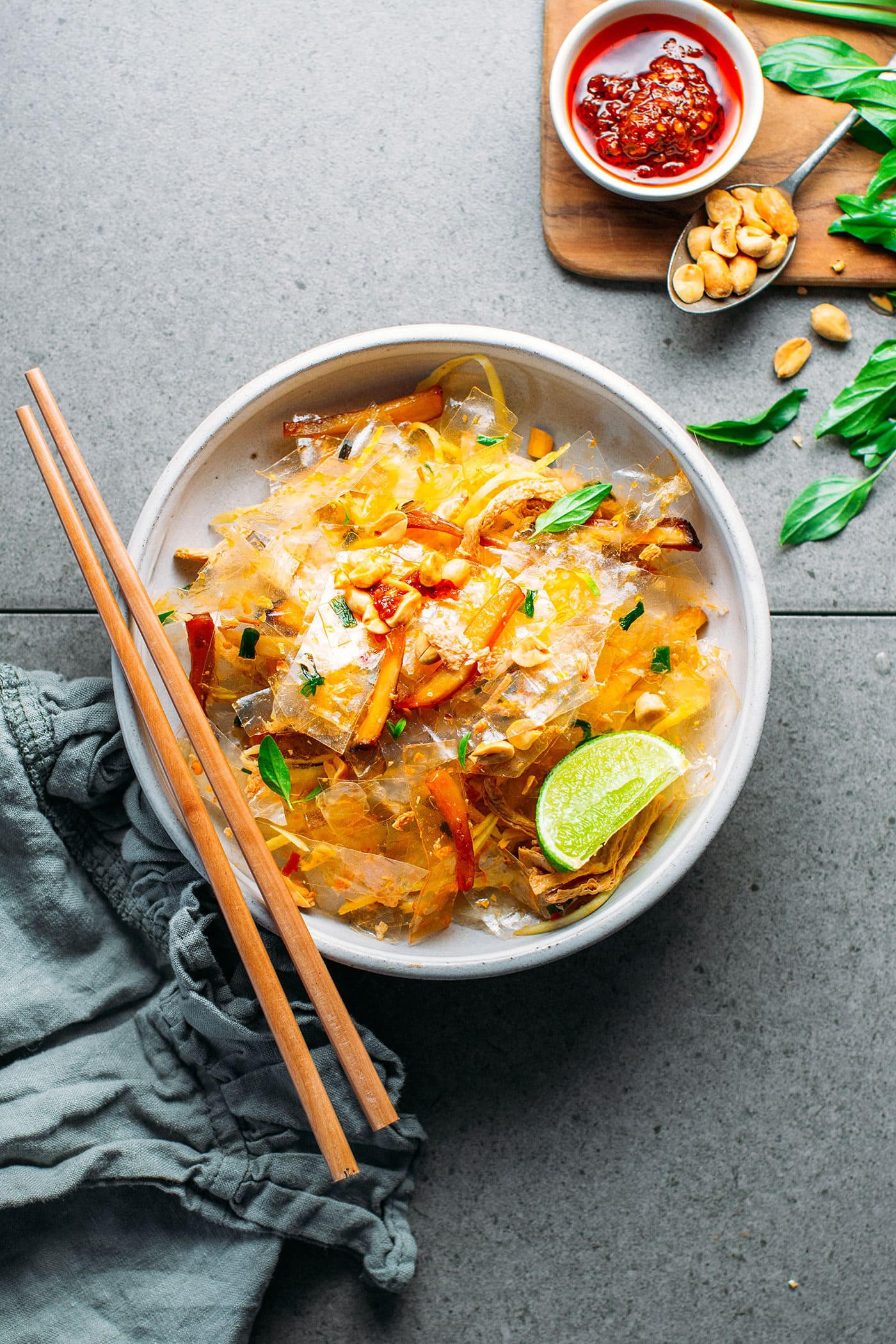 Vietnamese Rice Paper Salad – Photo credit: Full of Plants.
Vietnamese Rice Paper Salad – Photo credit: Full of Plants.Rice paper wrappers
Rice paper sheets, known as bánh tráng in Vietnamese, are thin, translucent sheets made from rice flour, tapioca starch and water. They are pliable when soaked, making them perfect for wrapping ingredients. Their neutral flavor have made them a great ingredient to work with beyond the Vietnamese cuisine.
I love using rice paper to create all kinds of spring rolls filled with yummy ingredients.
I love going beyond the classic Vietnamese summer rolls, and getting creative by adding ramen noodles or samosa filling.
They’re also fantastic in Vietnamese salad (bánh tráng trộn), in crispy rolls (chả giò) or in unique dishes like bánh tráng nướng, which is also called as Vietnamese pizza.
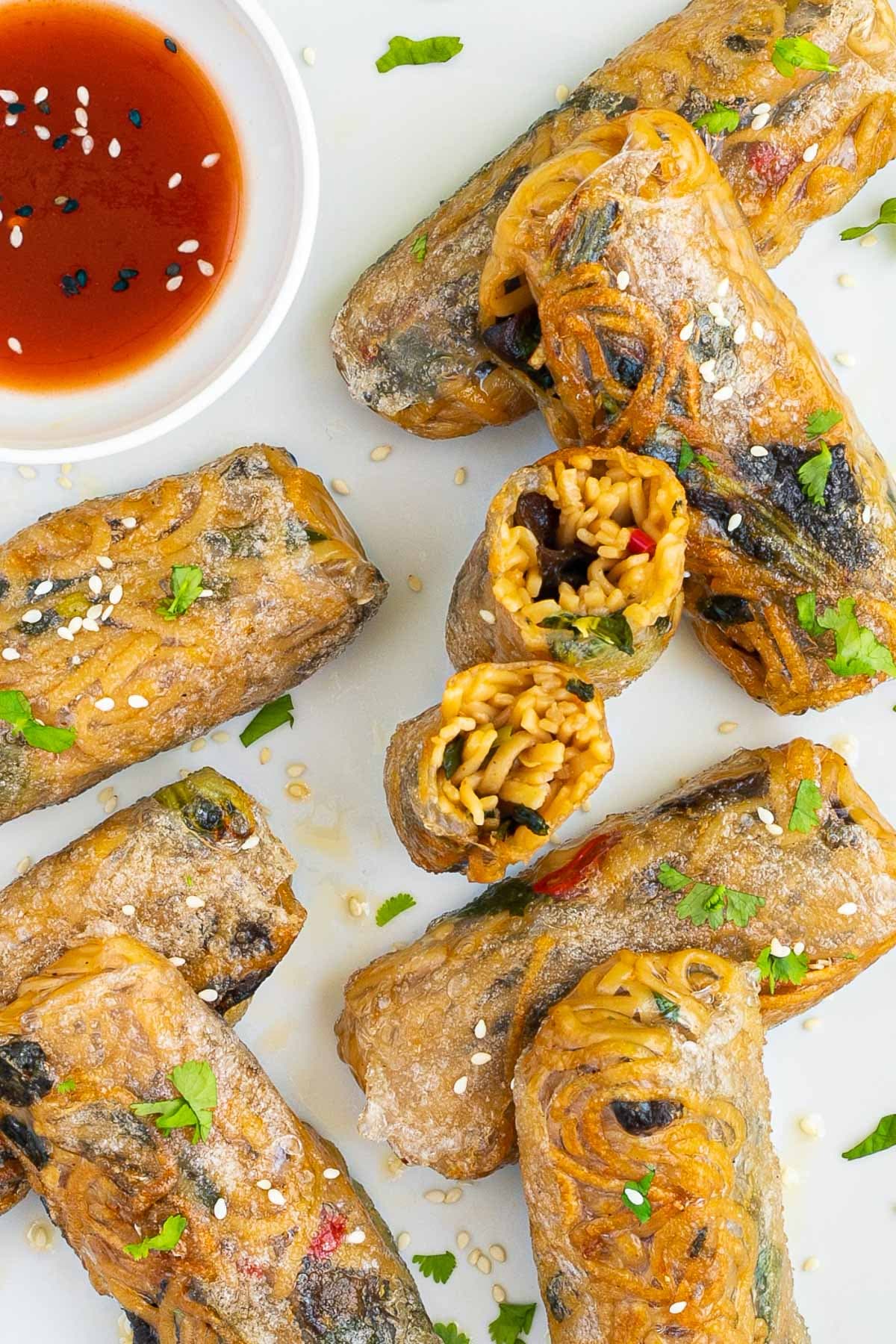 Ramen spring rolls – Photo credit: My Pure Plants
Ramen spring rolls – Photo credit: My Pure PlantsHoisin sauce
Hoisin sauce is thick and dark sauce, bringing both sweet and savory flavors. While it is a Chinese condiment, Cantonese to be precise, it is very popular in Vietnamese dishes.
Made from fermented soybeans, garlic, chilies, and various spices like anise or five-spice, this rich sauce adds depth and complexity to marinades for tofu and dipping sauces for spring rolls.
 Tofu glazed and stir-fried in hoisin sauce – Photo credit: My Pure Plants.
Tofu glazed and stir-fried in hoisin sauce – Photo credit: My Pure Plants.I regularly use hoisin sauce in pho noodle soup and to make dumplings or bánh mì sandwiches.
It is also excellent in stir-fries, particularly with rice noodles and vegetables. The sauce works great as a glaze for grilled meats, creating a delicious caramelized coating that’s both sweet and umami-rich.
Fresh herbs (mint, basil, cilantro)
Fresh herbs form the backbone of Vietnamese cooking, bringing bright, clean flavors to every dish.
Mint delivers a cool, refreshing punch, while Thai basil adds hints of anise and licorice. Cilantro carries citrusy notes that lift the overall taste profile.
 Vietnamese summer rolls – Photo credit: My Pure Plants.
Vietnamese summer rolls – Photo credit: My Pure Plants.These herbs aren’t just garnishes – they’re essential ingredients that create the signature fresh taste in Vietnamese food.
I love adding these herbs to pho, banh mi sandwiches, spring rolls and rice paper rolls. Just remember to use fresh ones and add them right before serving, to maintain their vibrant flavors.
Vermicelli noodles
Vietnamese vermicelli noodles, made from rice flour and water, are thin, white, and wonderfully light.
I’ve found these noodles to be a staple in Vietnamese cooking because they are quick to make and adding a lovely texture. It is ideal for both hot and cold dishes.
I use these vermicelli noodles in fresh summer rolls, and cold noodle salads. They are also fantastic with fish sauce-based dressings and fresh herbs.
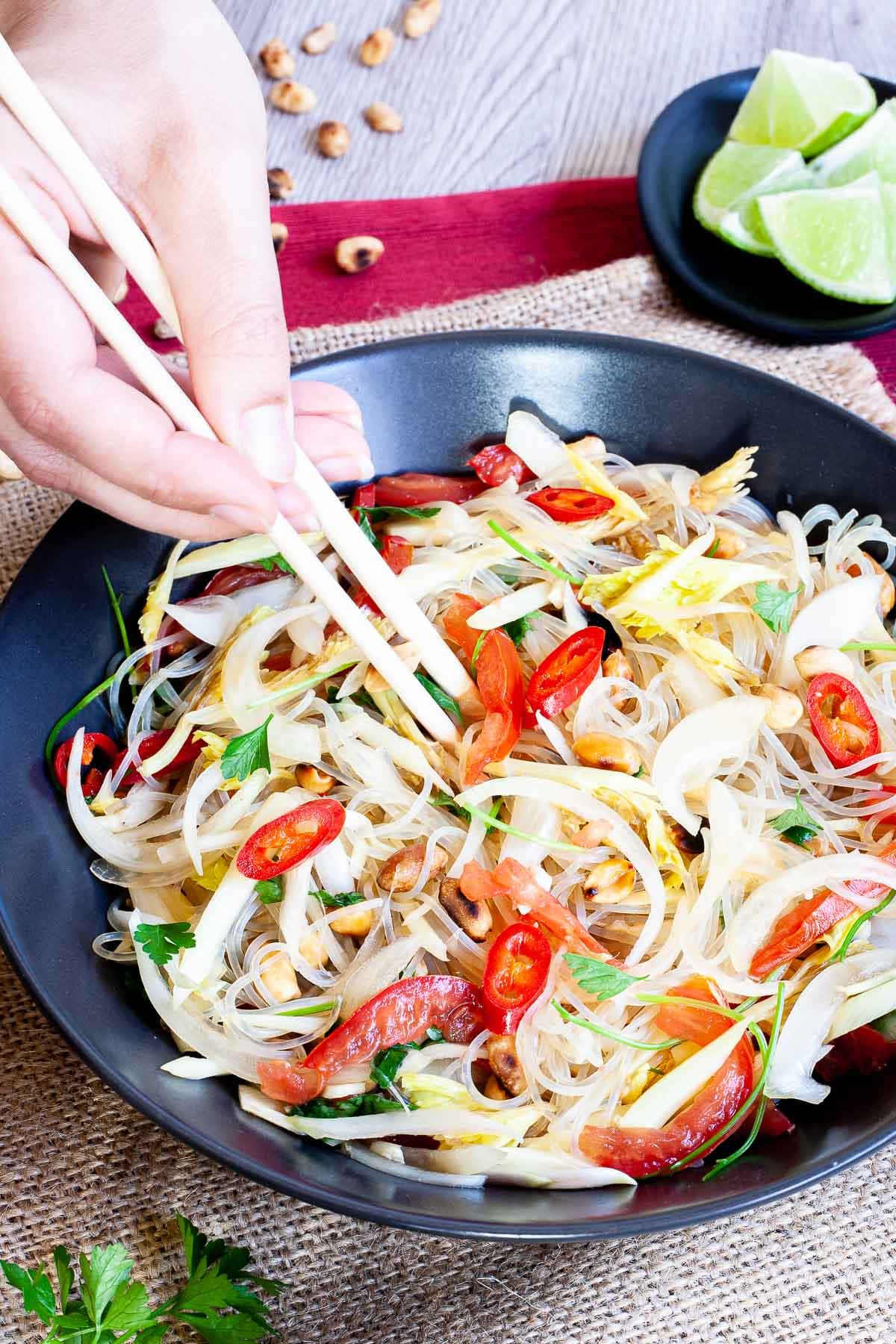 Cold noodle salad – Photo credit: My Pure Plants.
Cold noodle salad – Photo credit: My Pure Plants.Fish sauce
Fish sauce is a staple condiment Southeast Asian cuisine including Vietnam.
The authentic version is made of fish, but due to the popularity of vegan and vegetarian dishes, you can find alternatives made from fermented soybeans, seaweed, and mushrooms, captures the deep umami essence of traditional Vietnamese fish sauce.
You can use fish sauce like soy sauce. Try it with rice noodle dishes, stir-fries and dipping sauces. Even a splash could make a simple dish more flavorable. It also adds a rich depth to marinades.
Try mixing it with lime juice, chili, and sugar for a classic nuoc cham dipping sauce that pairs beautifully with spring rolls or tofu.
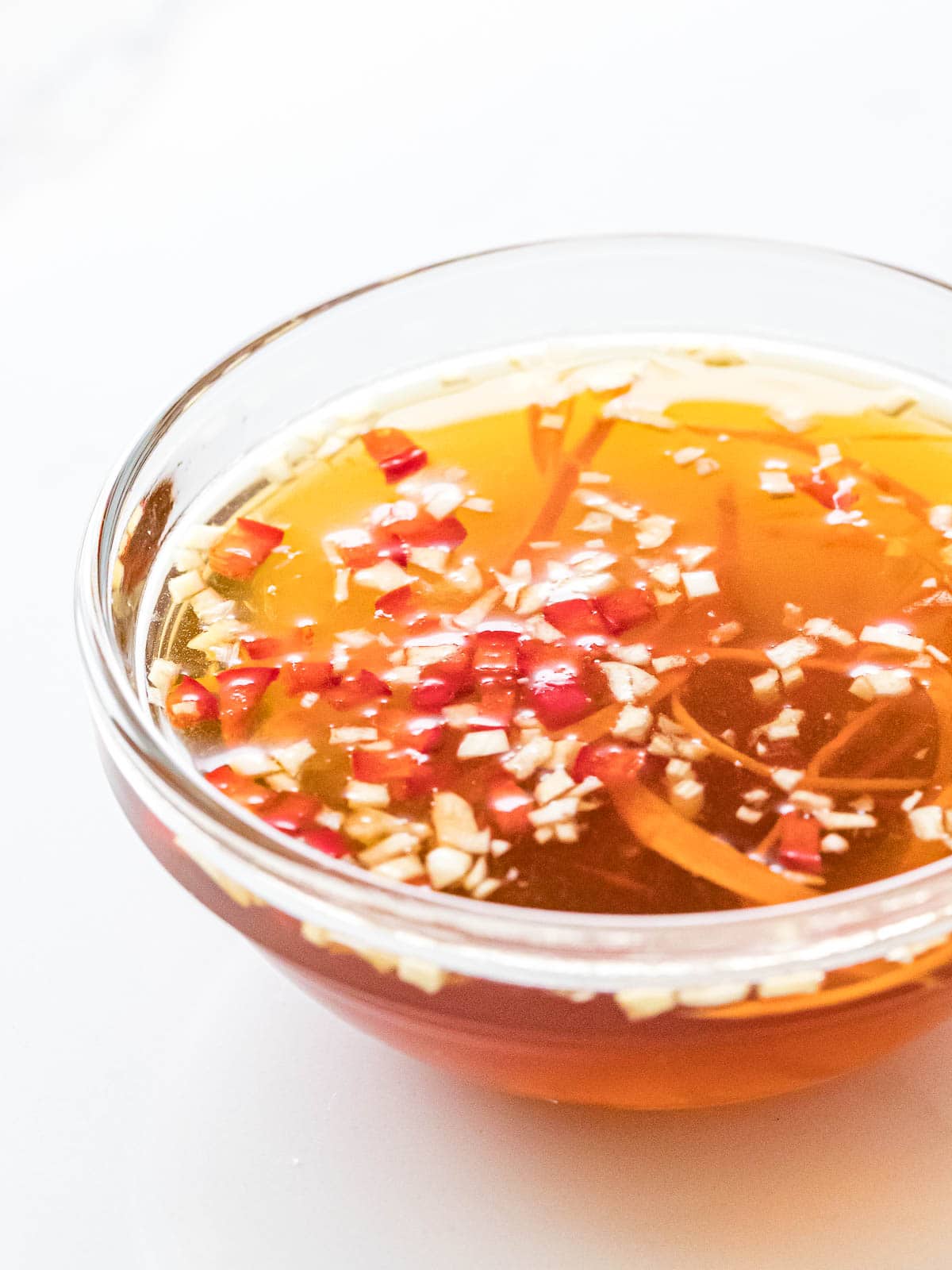 Nuoc cham dipping sauce – Photo credit: Drive Me Hungry.
Nuoc cham dipping sauce – Photo credit: Drive Me Hungry. Pickled daikon
Pickled daikon adds a zingy crunch to Vietnamese dishes.
This fermented white radish brings a perfect balance of tangy and sweet notes, while maintaining its signature crisp texture. It certainly brightens up many meals.
I regularly add pickled daikon to banh mi sandwiches.
 Bahn mi sandwich – Photo credit: Depositphotos.
Bahn mi sandwich – Photo credit: Depositphotos.It’s also fantastic in rice paper rolls, noodle bowls, and as a side dish for braised dishes. The pickled strips cut through fatty flavors and create a refreshing contrast that makes each bite more exciting.
Plantains
Plantains (‘green bananas’) stand as a versatile ingredient in Vietnamese cooking, bringing a firm, starchy texture that’s different from their ripe yellow counterparts. There are two types of Vietnamese plantains: white and turmeric.
Yes, they are not the ingredient to make chuối chiên, or Vietnamese fried bananas. You need yellow sweet ones for that.
I’ve found these unripe bananas carry a neutral flavor that absorbs seasonings beautifully, while adding an interesting texture to various dishes.
I regularly use green bananas in traditional Vietnamese soups like canh chuoi (green banana soup), where they become tender yet maintain their shape.
They shine in stir-fries, and make excellent additions to salads where their firm texture holds up against fish sauce dressings.
Delicious Vietnamese recipes
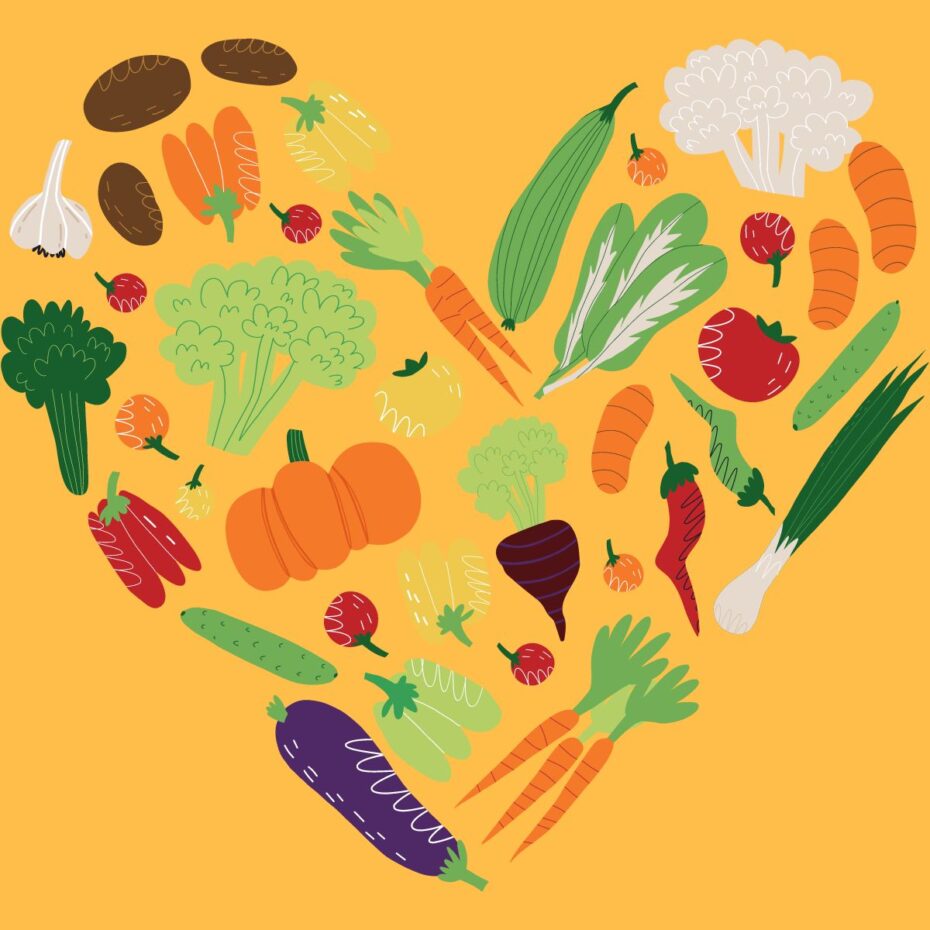
Reader Interactions
This site uses Akismet to reduce spam. Learn how your comment data is processed.

 Fransebas
Fransebas 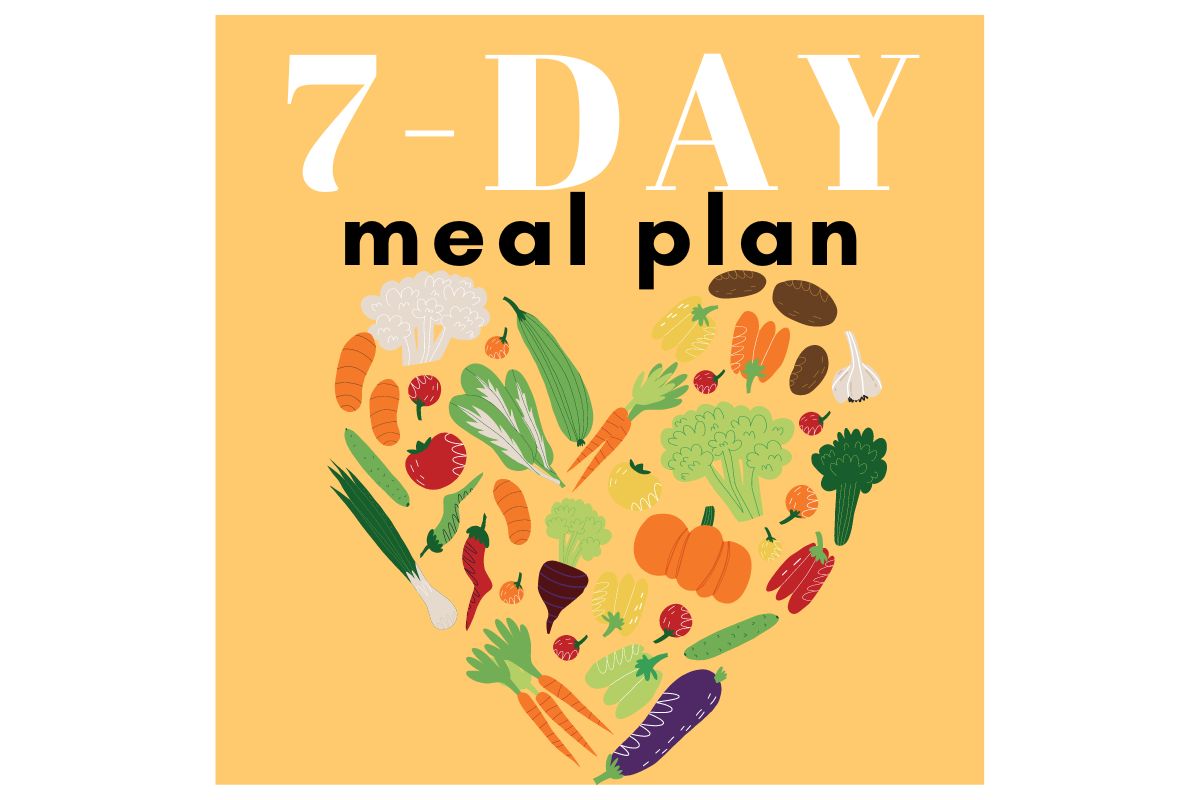












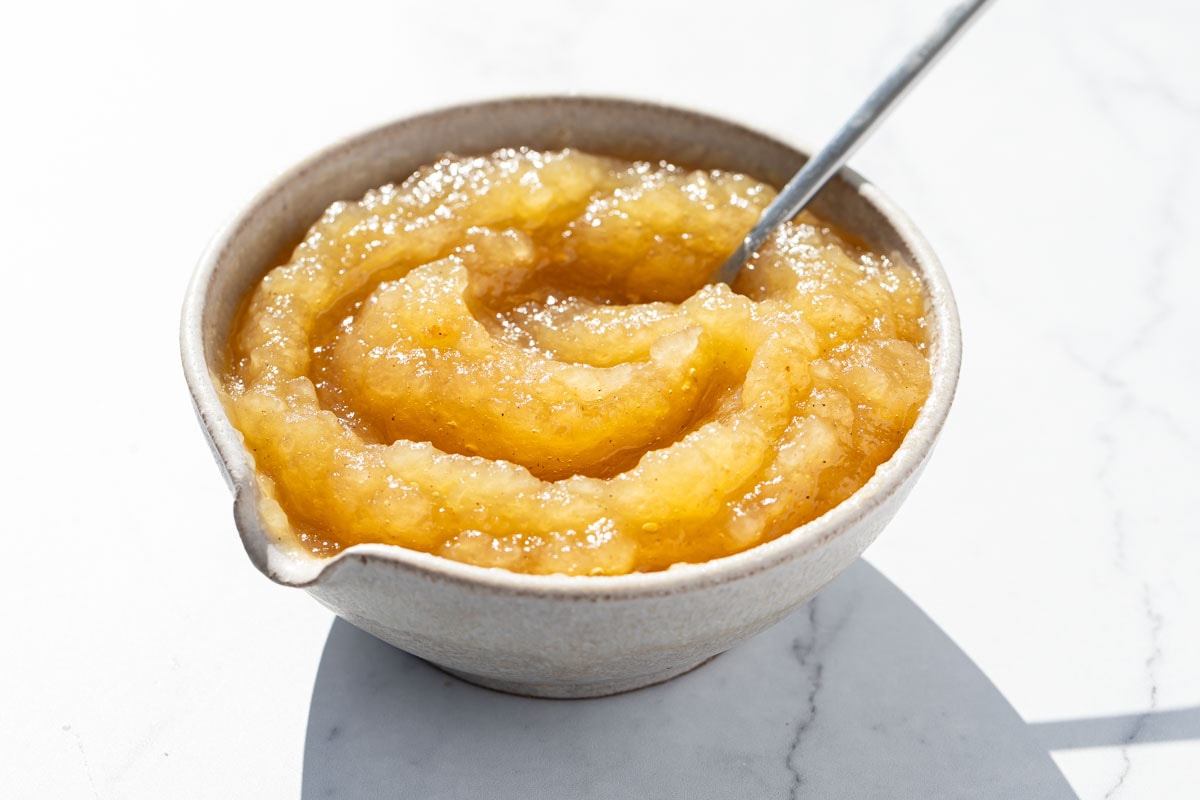







![The 2026 AI Search Benchmark Every SEO Leader Needs [Webinar] via @sejournal, @lorenbaker](https://www.searchenginejournal.com/wp-content/uploads/2025/11/1-259.png)








